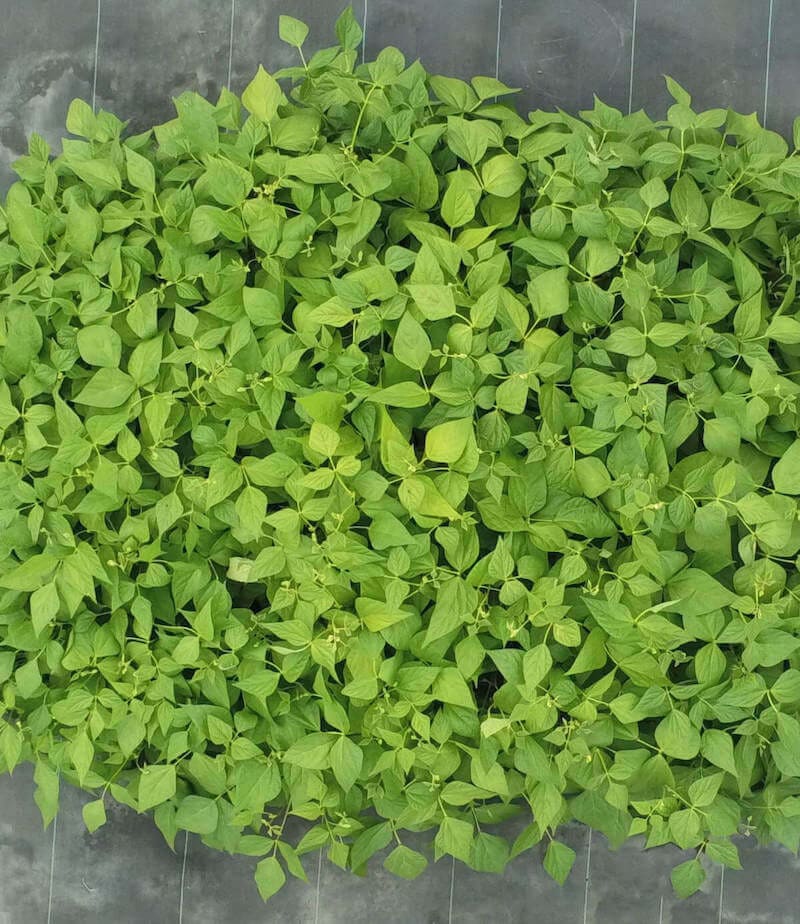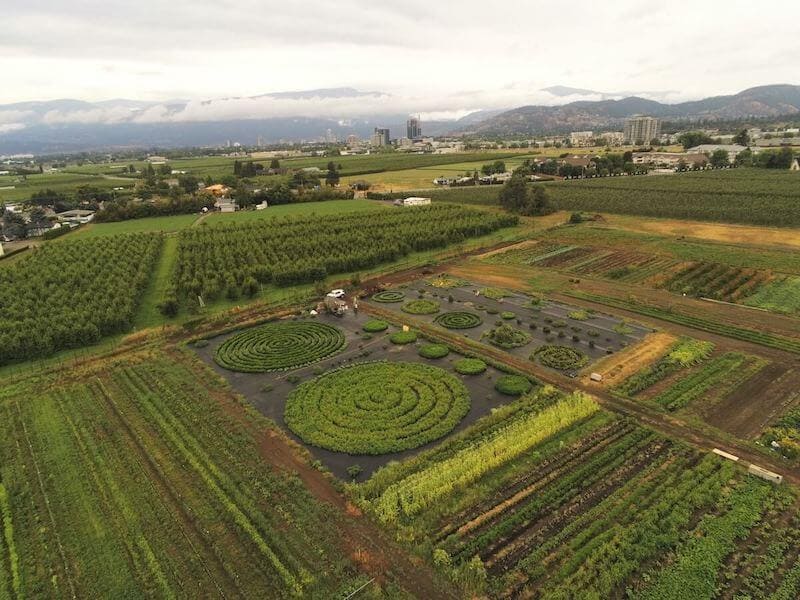
Urban agriculture refers to the act of growing, processing, and distributing food within or around a city or town. Despite its numerous potential advantages like supplying fresh, locally sourced produce, cutting down on food transportation expenses, and enhancing food security, urban farming is not without its challenges.
Addressing these challenges will require collaboration between urban farmers and financial stakeholders to create a local food supply desired and needed by the majority of people living in towns and cities.
With the proper support, training and adoption of small space food production technologies, urban farms could play an important role in supplementing traditional agriculture and improve food security in urban areas.
Urban farming can make use of vacant or underutilized land not suitable for development, reducing the carbon footprint of a town or city. Armed with the right technology, urban farms can be twice as productive as a cultivated rural farm while conserving precious resources like soil, fertilizer, and water. A properly outfitted urban farm also reduces transportation costs by growing food right where people live.
In addition, urban farms increase access to fresh, healthy, and locally grown produce, which can help address food desert concerns. They can also promote sustainability.
According to the United Nations, there are 2,469,501 cities with over 30,000,000 urban farm and gardens growing 10% of the world’s food. This would double if just 5% of the world’s urban farms adopted Crop Circle Farming practices..

There are challenges unique to urban agriculture that are not an issue with rural agriculture. Space is the primary issue followed by production. Both can be addressed by hydroponic agriculture that can grow food in a small city space but until economies of scale kick in, these operations — which are capital intensive to build and maintain — are limited to growing high-value crops such as microgreens, winter tomatoes and herbs in affluent neighborhoods. Hydroponic systems do not grow root crops at all, which are popular staples in many cities of the world. With current supply chain issues combined with a significant rise in cost for fertilizer, hydroponic systems are quickly being priced out of the market creating opportunities for low-cost, resource efficient, high production agricultural systems like Crop Circle Farms.
Reducing food miles lowers transit-related costs, as well as the carbon emissions associated with transport, packaging, and cooling. But growing indoors under lights, with heating and cooling provided by fossil fuels, negates these savings. When Louis Albright, a professor of biological and environmental engineering at Cornell University, dug into the numbers, he discovered that closed-system farming is expensive, energy intensive and, at some latitudes, unlikely to survive on solar or wind power alone. Growing a pound of hydroponic lettuce in Ithaca, New York, Albright reports, generates 8 pounds (4 kilograms) of carbon dioxide at the local power plant: a pound of tomatoes would generate twice that much. Emissions drop by 95% growing that lettuce without artificial lights outdoors in a Crop Circle Farm.
Other ways urban farms can reduce thier carbon footprint are:
Sustainability experts agree; urban agriculture has the potential to reduce carbon emissions, promote carbon sequestration, and foster sustainable agricultural practices.

City land is a premium resource that is identified by the square foot rather than acres. Small city spaces are not suitable for open field farming due to production limitations – you can’t bring a tractor to the city after all. The high capital costs of hydroponic operations are prohibitive, so the only way to grow produce at a profit is to utilize Crop Circle Farming systems.
Today, 75 per cent of the world's food is generated from just 12 plant species. In North America, most crops are grown as monocultures, with one variety of plant grown repeatedly in the same area. One farmer can grow and harvest vast areas of land, but the process is entirely dependent on intensive mechanical and chemical inputs such as fuel, fertilizer, herbicides, and pesticides. What used to take many numbers of people can now be done mechanically by a few using fossil fueled powered machinery. Unfortunately, industrial agriculture is one of the largest sources of chemical pollution and a major contributor to greenhouse gas emissions, a leading contributor to climate change.
A Crop Circle Farm market garden can reduce the carbon footprint of our food, conserve water, help create localized food systems, lower dependance on imports, reduce the warming effects of urban heat islands, reduce demands on city infrastructure and lower labor costs. Crop Circle Farms are soil regenerative and biodiverse.
Soil regenerative agriculture aims to improve soil health and fertility while reducing negative environmental impacts. Advantages of soil regenerative practices encompass:
Overall, soil regenerative agriculture can help support sustainable agriculture by promoting soil health and fertility, reducing negative environmental impacts, and improving the long-term productivity and profitability of agricultural systems including Crop Circle Urban Farms.
Urban Agriculture could surpass the production of rural farming operations 4-fold and double production of the world's urban farms to 20 percent by 2030 if just 5 percent of the world’s urban farms adopted Crop Circle Farm technologies.